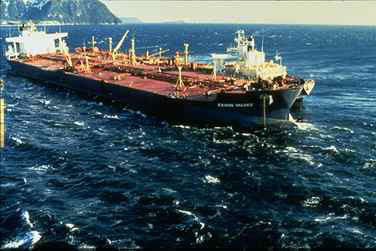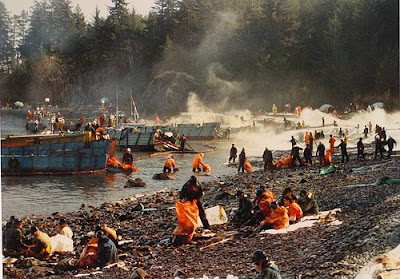Johnson & Johnson and Tylenol
 Crisis need not strike a company purely as a result of its own negligence or misadventure. Often, a situation is created which cannot be blamed on the company - but the company finds out pretty quickly that it takes a huge amount of blame if it fumbles the ball in its response.
Crisis need not strike a company purely as a result of its own negligence or misadventure. Often, a situation is created which cannot be blamed on the company - but the company finds out pretty quickly that it takes a huge amount of blame if it fumbles the ball in its response.
One of the classic tales of how a company can get it right is that of Johnson & Johnson, and the company's response to the Tylenol poisoning.
What happened
In 1982, Johnson & Johnson's Tylenol medication commanded 35 per cent of the US over-the-counter analgesic market - representing something like 15 per cent of the company's profits.
Unfortunately, at that point one individual succeeded in lacing the drug with cyanide. Seven people died as a result, and a widespread panic ensued about how widespread the contamination might be.
By the end of the episode, everyone knew that Tylenol was associated with the scare. The company's market value fell by $1bn as a result.
When the same situation happened in 1986, the company had learned its lessons well. It acted quickly - ordering that Tylenol should be recalled from every outlet - not just those in the state where it had been tampered with. Not only that, but the company decided the product would not be re-established on the shelves until something had been done to provide better product protection.
As a result, Johnson & Johnson developed the tamperproof packaging that would make it much more difficult for a similar incident to occur in future.
What did Johnson & Johnson do?
Once the connection was made between the Tylenol capsules and the reported deaths, public announcements were made warning people about the consumption of the product. Johnson & Johnson was faced with the dilemma of the best way to deal with the problem without destroying the reputation of the company and its most profitable product.
Following one of the guidelines of protecting people first and property second, McNeil Consumer Products, a subsidiary of Johnson & Johnson, conducted an immediate product recall from the entire country which amounted to about 31 million bottles and a loss of more than $100 million dollars. Additionally, they halted all advertisement for the product.
Although Johnson & Johnson knew they were not responsible for the tampering of the product, they assumed responsibility by ensuring public safety first and recalled all of their capsules from the market. In fact, in February of 1986, when a woman was reported dead from cyanide poisoning in Tylenol capsules, Johnson & Johnson permanently removed all of the capsules from the market.
How did Johnson & Johnson re-introduce the product to the market?
Once the product was removed from the market, Johnson & Johnson had to come up with a campaign to re-introduce its product and restore confidence back to the consumer.
1. Tylenol products were re-introduced containing a triple-seal tamper resistant packaging. It became the first company to comply with the Food and Drug Administration mandate of tamper-resistant packaging.(Mitchell 1989) Furthermore, they promoted caplets, which are more resistant to tampering.
2. In order to motivate consumers to buy the product, they offered a $2.50 off coupon on the purchase of their product. They were available in the newspapers as well as by calling a toll-free number. (Mitchell 1989)
3. To recover loss stock from the crisis, Johnson & Johnson made a new pricing program that gave consumers up to 25% off the purchase of the product. (Mitchell 1989)
4. Over 2250 sales people made presentations for the medical community to restore confidence on the product. (Mitchell 1989)
Cost and benefit
The cost was a high one. In addition to the impact on the company's share price when the crisis first hit, the lost production and destroyed goods as a result of the recall were considerable.
However, the company won praise for its quick and appropriate action. Having sidestepped the position others have found themselves in - of having been slow to act in the face of consumer concern - they achieved the status of consumer champion.
Within five months of the disaster, the company had recovered 70% of its market share for the drug - and the fact this went on to improve over time showed that the company had succeeded in preserving the long term value of the brand. Companies such as Perrier, who had been criticised for less adept handling of a crisis, found their reputation damaged for as long as five years after an incident.
In fact, there is some evidence that it was rewarded by consumers who were so reassured by the steps taken that they switched from other painkillers to Tylenol.
Conclusion
The features that made Johnson & Johnson's handling of the crisis a success included the following:
-
They acted quickly, with complete openness about what had happened, and immediately sought to remove any source of danger based on the worst case scenario - not waiting for evidence to see whether the contamination might be more widespread
-
Having acted quickly, they then sought to ensure that measures were taken which would prevent as far as possible a recurrence of the problem
-
They showed themselves to be prepared to bear the short term cost in the name of consumer safety. That more than anything else established a basis for trust with their customers




